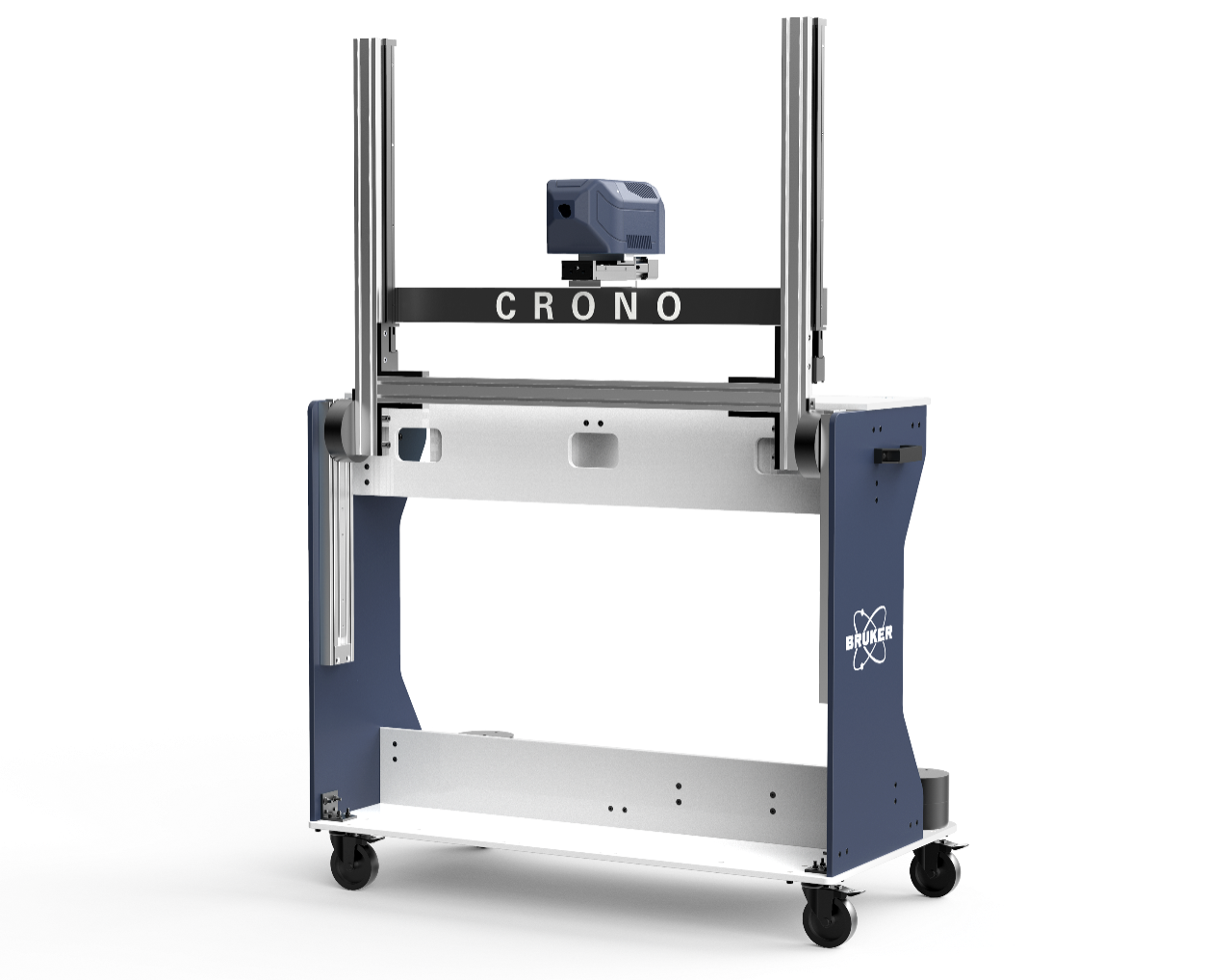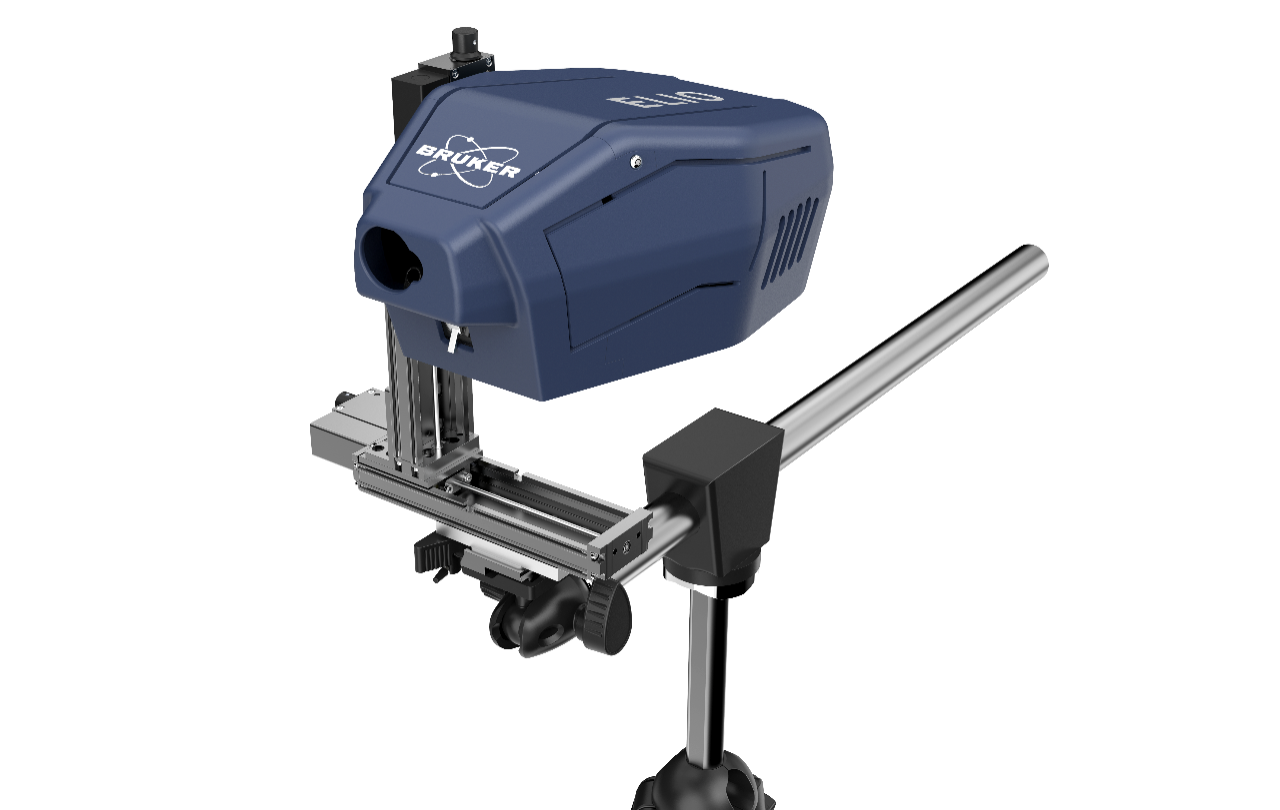XRF Data Processing in Art and Conservation - Advanced Features of ESPRIT Reveal
Investigating Elemental Composition of Art Objects
X-ray fluorescence (XRF) measurements are widely considered as a key step for a diagnosis in the process of conservation, restoration, authentication, or when addressing historic questions around an art object.
Hardware features and the performance of the instrument are just the first step in data acquisition. Software packages designed for the instrument empowers the user to extract additional information from the acquired data. We would like to bring this data-processing approach to the center stage.
The recently released ESPRIT Reveal software is an easy to use tool that offers a wide range of functions for the investigation of elemental composition - not only elevating qualitative information but also delivering robust calculation of quantitative data.
In this webinar, we continue from our recent introduction of the core features of ESPRIT Reveal, moving the focus to the most evolved and sophisticated features that support advanced element identification and quantification.
Who Should Attend?
- Researchers, professionals and students in cultural heritage conducting XRF analysis
- Archeologists or Art Scientists working in-situ in Cultural Heritage sites
- Those interested in broadening their understanding of micro-XRF analysis of artifacts in general
Speakers
Dr. Henning Schröder
Product Manager micro-XRF, Bruker Nano Analytics
Dr. Roald Tagle
Senior Application Scientist Micro-XRF, Bruker Nano Analytics
Michele Gironda
Market Segment Manager Art & Conservation, Bruker Nano Analytics
* The registration forms are optimized for the browser Google Chrome. The content of both sessions is identical.


